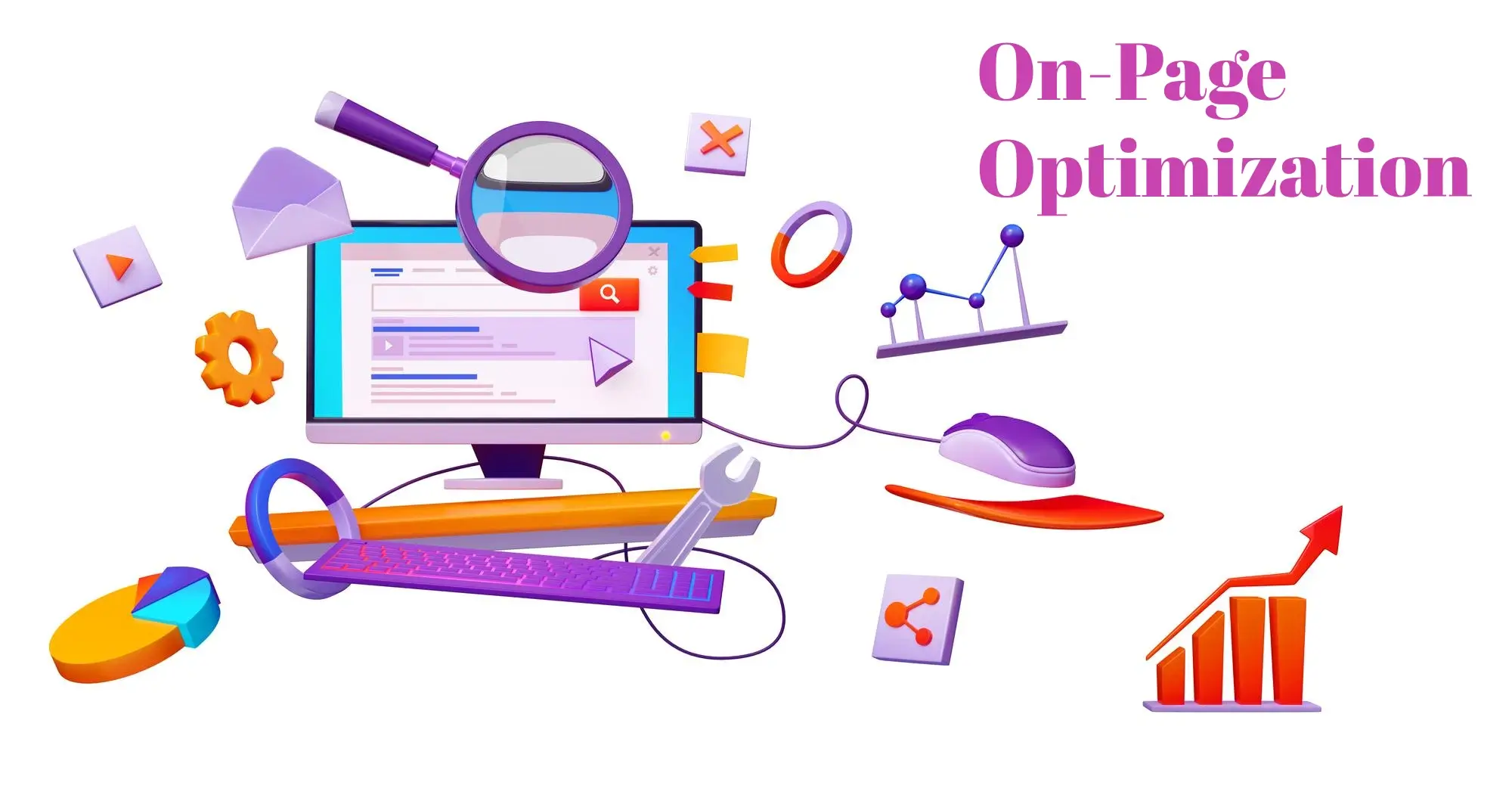Introduction:
On-page optimization is a crucial aspect of search engine optimization (SEO) that focuses on optimizing individual web pages to improve their visibility in search engine rankings. This On-Page Optimization SOP provides a step-by-step guide to help you effectively optimize your website’s on-page elements, enhance user experience, and drive organic traffic. By following this SOP, you’ll be able to maximize the potential of each web page and improve your website’s overall SEO performance.
Keyword Mapping:
- Align targeted keywords with specific web pages based on relevance and user intent.
- Ensure each page has a primary focus keyword and a set of related secondary keywords.
- Page Title Optimization:
- Craft unique, descriptive, and keyword-rich page titles that accurately represent the content.
- Keep titles within the recommended length of 50-60 characters to ensure full visibility in search results.
Meta Description Optimization:
- Write compelling meta descriptions that entice users to click through to your page.
- Incorporate relevant keywords naturally and aim to keep descriptions within 160 characters.
URL Structure:
- Create clean, descriptive URLs that reflect the page’s content and keywords.
- Use hyphens to separate words in the URL for readability and SEO-friendliness.
Heading Tags:
- Utilize hierarchical heading tags (H1, H2, H3, etc.) to structure your content logically.
- Incorporate target keywords naturally within relevant headings.
- Content Optimization:
- Develop high-quality, relevant, and engaging content that satisfies user intent.
- Incorporate target keywords naturally throughout the content while maintaining readability and flow.
Image Optimization:
- Optimize images by reducing file sizes for faster page load times.
- Use descriptive alt tags and filenames to provide context to search engines and visually impaired users.
Internal Linking:
- Establish a network of internal links to guide users and search engines to relevant pages.
- Use descriptive anchor text that includes keywords to improve the understanding of linked pages.
Mobile Responsiveness:
- Ensure your website is optimized for mobile devices and provides a seamless user experience across different screen sizes.
- Test and optimize your website’s mobile responsiveness to improve visibility in mobile search results.
User Experience (UX) Optimization:
- Improve website navigation and usability for a positive user experience.
- Enhance page load speed, minimize intrusive pop-ups, and ensure clear and intuitive navigation menus.
Conclusion:
By following this On-Page Optimization SOP, you’ll be able to optimize your website’s on-page elements effectively and improve its visibility in search engine results. Remember to prioritize user experience, create high-quality content, and use keywords naturally and strategically throughout your pages. Regularly monitor and analyze the performance of your optimized pages to make necessary refinements and stay ahead in the competitive SEO landscape.
Start publishing captivating blogs on your website today! Click here to get started and make your website stand out.





